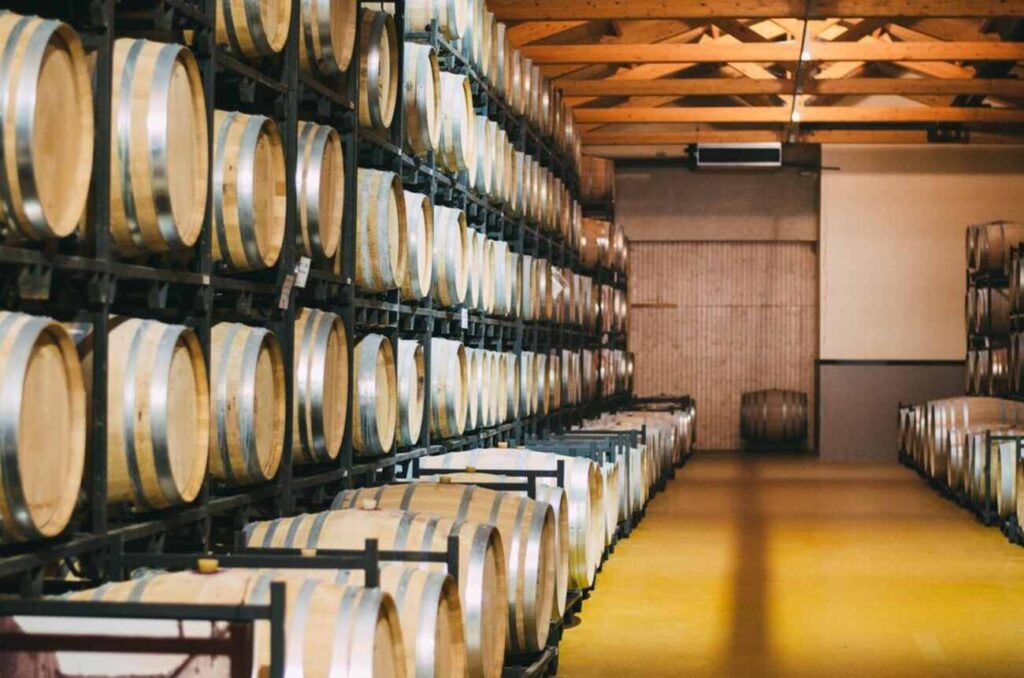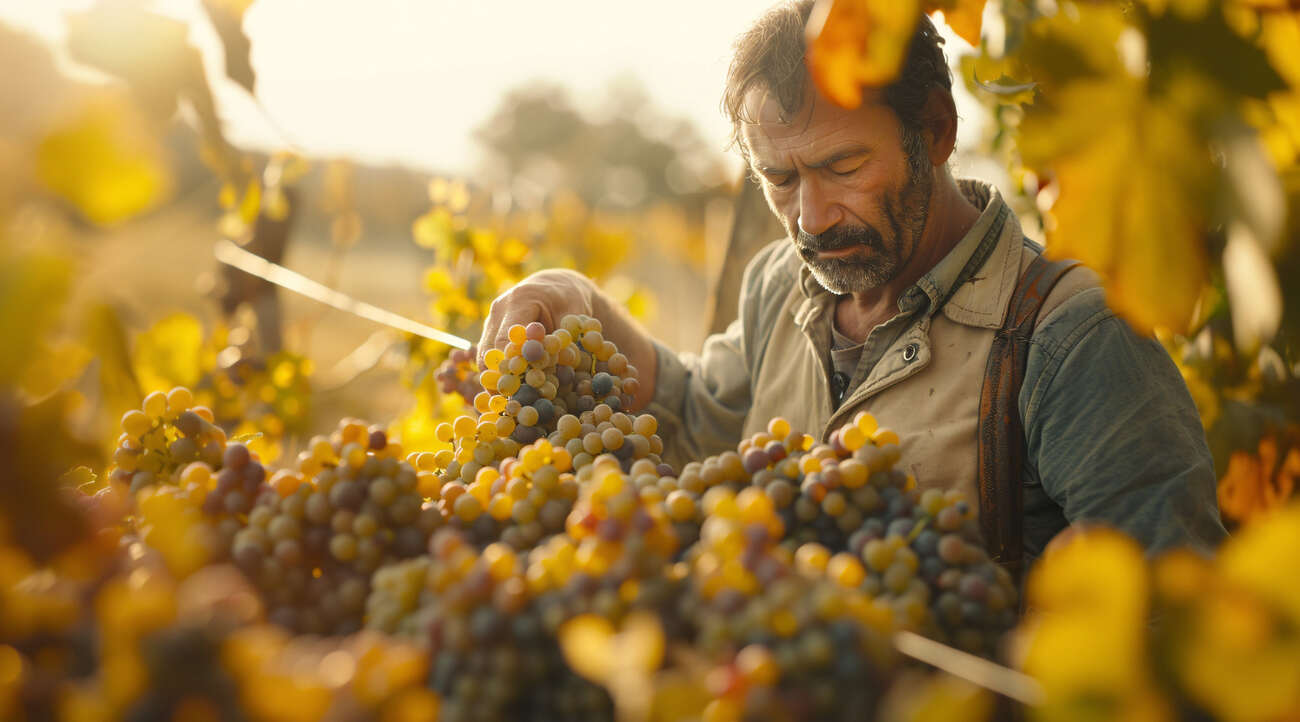At Protea Financial, grapes represent the primary ingredient in winemaking and are the largest factor in determining Cost of Goods Sold (COGS). Accurately accounting for these costs involves complex considerations.
The financial approach to grapes varies depending on whether they are purchased from external growers or estate grown. Understanding these differences is important for precise financial reporting, appropriate inventory valuation, and making informed decisions regarding winery profitability.
Purchased Grapes: A Direct and Tangible Cost
The accounting process for purchased grapes involves recording them as a direct expense when acquired from external growers. This expense is categorized as raw material and forms part of the winery’s inventory.
- Recording the Transaction: Upon the purchase of grapes, the transaction should be documented as an increase to the inventory asset account, with a corresponding increase in accounts payable if acquired on credit, or a reduction in the cash account if paid immediately.
- Cost of Goods Sold (COGS): The cost of grapes remains as inventory until the finished wine is sold. When the sale occurs, the grape cost is moved from the inventory asset account to the COGS account on the income statement. This process matches the cost of the grapes with the revenue earned, in accordance with the matching principle in accounting.
- Pricing and Profitability: The cost of purchased grapes is a fixed amount per ton, which makes it straightforward to determine the gross profit margin for a particular wine. This facilitates accurate pricing decisions and an understanding of profitability based on purchased fruit. Wineries that primarily use purchased grapes benefit from monitoring market prices and negotiating contracts to manage their cost of goods sold (COGS).
Estate-Grown Grapes: An Allocated and Indirect Cost
The accounting process for estate-grown grapes presents additional complexity, as there is no actual purchase transaction. Instead, the cost of these grapes comprises the aggregate of all expenses incurred throughout the growing season. These costs must be carefully allocated to the harvested crop.
All expenditures associated with vineyard management should be systematically documented over the course of the year. This includes:
- Direct Vineyard Labor: Compensation and benefits provided to vineyard personnel.
- Agricultural Materials: Costs related to fertilizers, pesticides, and essential inputs for vineyard maintenance.
- Utilities: Expenses associated with water and electricity for irrigation systems.
- Equipment Costs: Outlays for fuel, routine maintenance, and depreciation of vineyard machinery.
- Overhead: Allocated costs for vineyard management salaries, property taxes, insurance premiums, and other administrative expenses.
All vineyard expenses are aggregated and capitalized into inventory at harvest. These costs are logged as assets on your balance sheet rather than being listed as expenses on your income statement. The cost is then distributed among the grapes according to the total harvested tonnage.
As with purchased grapes, the cost of estate-grown grapes is included in COGS when the finished wine is sold. The final COGS per bottle incorporates all expenses related to growing the grapes, rather than just the purchase price. Therefore, it is important to determine the cost per ton for estate-grown fruit to accurately evaluate profitability. For instance, if estate grapes cost $3,000 per ton to grow, this amount will be included in inventory calculations.

Why the Distinction Matters for Your Winery
Accurately accounting for these two types of grapes is important for a number of reasons:
- Accurate Financial Reporting: Precise calculation of grape costs, particularly for estate-grown grapes, is essential to ensure proper inventory valuation and reliable profit and loss statements. Errors in these areas may impede access to financing, deter potential investors, and affect the quality of business decisions.
- Informed Decision-Making: Understanding the actual cost per ton of estate-grown grapes enables meaningful comparisons with market-purchased grapes, supporting data-driven long-term strategic decisions regarding vineyard management, expansion, and external sourcing considerations.
- Pricing Strategy: Correct grape costing underpins an effective pricing strategy, guaranteeing that product prices fully account for production expenses and deliver sustainable profit margins.
- Tax Compliance: Compliance with IRS regulations on the capitalization of agricultural costs is vital. Misclassifying expenses that should be capitalized as inventory may result in tax complications.
The Protea Financial Approach: Your Partner in Grape Costing
The team of financial experts at Protea Financial is here to help because we specialize in helping wineries navigate these complex accounting scenarios. We can help you:
- Set up comprehensive tracking systems to record all vineyard and material costs with accuracy, helping ensure compliance.
- Apply precise cost allocation methods for estate-grown grapes, ensuring these costs are capitalized into inventory as appropriate.
- Maintain clear financial reports that separate costs of purchased and estate-grown grapes to provide detailed profitability analysis.
- Present recommendations using grape cost data to support decisions related to production, pricing, and sourcing.
Don’t let the complexity of grape costing cloud your financial vision. By meticulously tracking and correctly accounting for both purchased and estate-grown grapes, you gain the financial clarity needed to make smarter decisions and secure your winery’s success.
Learn more about the options you have, no matter if you use estate-grown or purchased grapes for your wine. Contact Protea Financial today!



